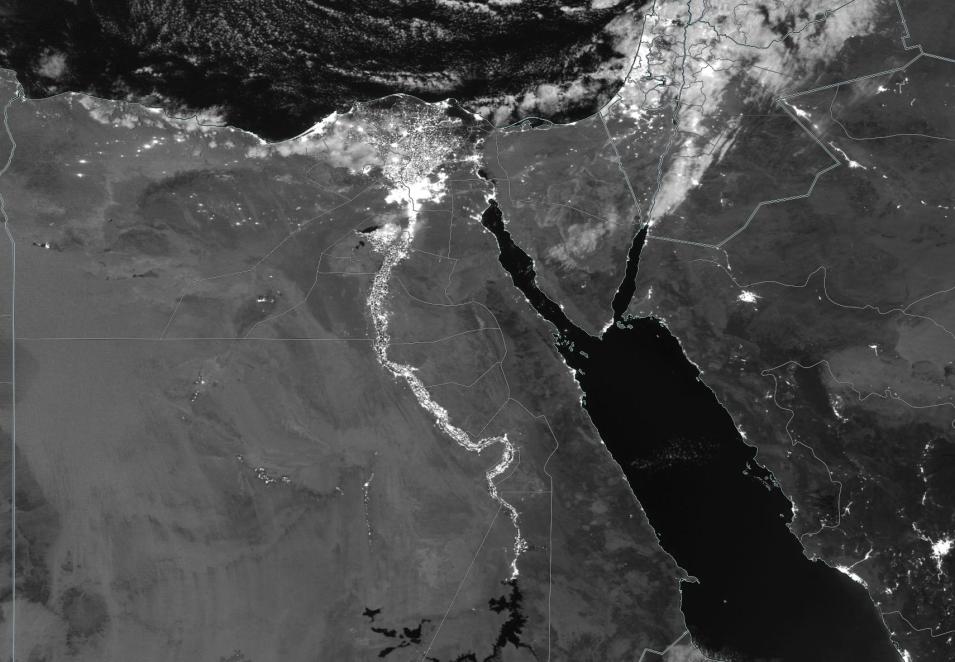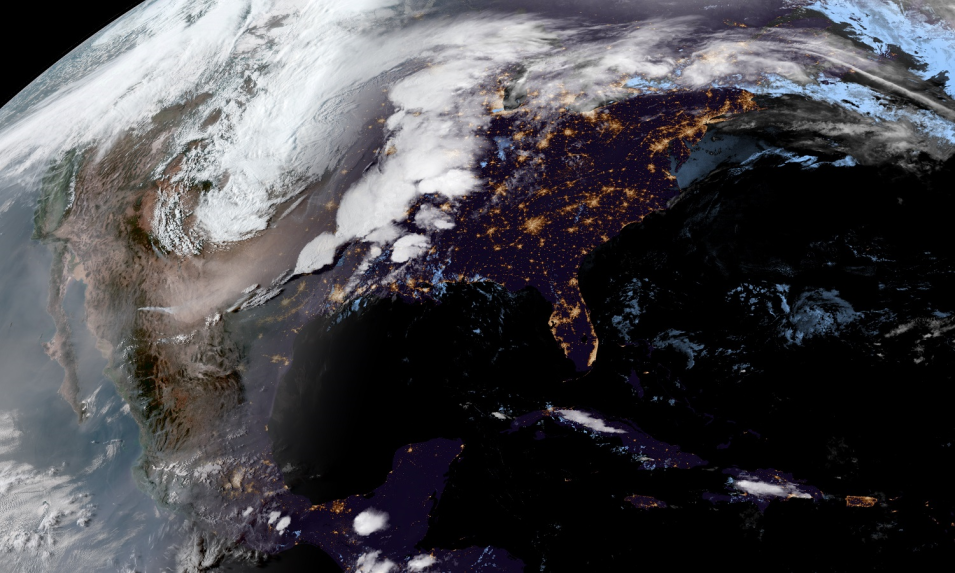Dr. Steven D. Miller, Senior Research Scientist, Colorado State University; Deputy Director, Cooperative Institute for Research in the Atmosphere (CIRA), Fort Collins, CO
Research interests: Using remotely-sensed data, especially near real-time low-light observations, to observe and characterize components of Earth’s weather and climate system at night.
Research highlights: “… let him be called from his hammock to view his ship sailing through a midnight sea of milky whiteness . . .” – Herman Melville, Moby Dick.
On a moonless night off the coast of Somalia in January, 1995, lookouts aboard the British merchant vessel S.S. Lima noticed an unusual brightening on the southern horizon. The sailors likened the eerie glow to an aurora borealis; but this glow was not coming from the sky. Slowly, silently, the ship moved across a sharp boundary between the dark sea and what was described as looking like a “field of snow” stretching from horizon to horizon. Nearly 150 years after Herman Melville’s 19th century description, the S.S. Lima spent six hours crossing a glowing white sea with the appearance of milk. Sailors described the experience as “gliding over the clouds.”
In 2005, while pondering the potential of a new generation of low-light satellite sensors, Dr. Steven Miller and his colleagues stumbled upon the account of the S.S. Lima. They used data from the Operational Linescan System (OLS) aboard the Defense Meteorological Satellite Program (DMSP) constellation of Earth observing satellites to spot a 15,400 km2 swath of glowing water swirling counterclockwise within an ocean gyre. This Connecticut-sized feature was the first confirmed detection from space of the milky seas of maritime lore, which are thought to be caused by a rare form of widespread bacterial bioluminescence.
The science of the night, as Miller describes it, is a principal focus of his research at the Cooperative Institute for Research in the Atmosphere (CIRA), which has operated as a formal partnership between NOAA and Colorado State University since 1980. Using data freely and openly available through NASA’s Earth Observing System Data and Information System (EOSDIS), he seeks to gain insight into Earth processes using low-light visible measurements of the planet.
An important source of data for Miller’s nighttime research is near real-time (NRT) imagery from NASA’s Land, Atmosphere Near real-time Capability for EOS, or LANCE. LANCE produces more than 200 NRT data products from almost a dozen satellite instruments that generally are available within three hours of a satellite observation. While LANCE NRT data do not have the extensive processing required for scientific research, they are an invaluable resource for applications such as numerical weather and climate prediction, natural hazards monitoring, ecological/invasive species assessment, agriculture, air quality, disaster relief, and homeland security.
In particular, Miller uses LANCE data and imagery from the Visible Infrared Imaging Radiometer Suite (VIIRS) aboard the joint NASA/NOAA Suomi National Polar-orbiting Partnership satellite (Suomi NPP; launched in 2011) and from the Moderate Resolution Imaging Spectroradiometer (MODIS) instrument aboard NASA’s Terra (launched in 1999) and Aqua (launched in 2002) Earth observing satellites.

